How to care for currants
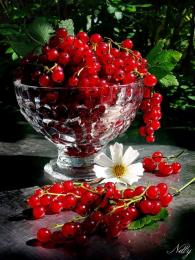
Many summer residents can see currant bushes on their property, but not every summer resident can boast that these bushes produce a rich harvest. Perhaps the fact is that the gardener simply does not know how to care for currants. It is not enough to simply plant bushes and wait for the berries; you must regularly weed the currants, remove shoots, fertilize and spray this crop. Any plant in the garden must be constantly looked after, only then will it thank its owner with a generous harvest.
Content:
- Basic rules of care
- Garden tricks for caring for black currants
- Caring for red, white and golden currants and hybrids
Currants begin to bear fruit already in the second year after planting, and after three years it is already possible to harvest quite a decent harvest from young bushes. Gardeners need to know that old bushes that are more than 15 years old already produce significantly less fruit, so the bushes need to be updated in a timely manner. If the bushes are located too close to each other, then they will not receive enough light and nutrition, and, consequently, the harvest from thickened plantings will be meager.
Basic rules of care
- it is necessary to loosen the bushes regularly;
- destroy weeds;
- fertilize the soil;
- trim dry branches;
- protect from diseases and pests;
- update old bushes with new ones.
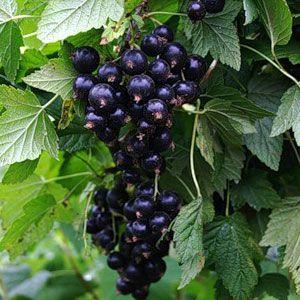
Throughout the summer, the soil in the currant bed should be loose, but loosening should be done carefully so as not to damage the currant roots, which are often located close to the surface of the earth. You can do without frequent loosening if you lay a layer of organic mulch about 5 cm under the bushes. While the garden is young, currant bushes require shading; they do not tolerate heat well.
In the spring, after the snow has melted, the currant roots begin to actively grow, they have enough nutrition and moisture, but in dry summer weather they need watering about once every 5 days, the water for irrigation should be warm. Many gardeners make a typical mistake - water the bush from above, this is wrong, since wetting the leaves can lead to the development powdery mildew.
Garden tricks for caring for black currants
There are horticultural societies where black currant is severely affected powdery mildew and glassware. In this case, they resort to special agrotechnical growing methods.
First appointment
First of all, three-year-old branches of currants are cut out annually, preventing the appearance of branches older than this age. Then dill and garlic are planted around the currant bushes, and the ground is mulched. But this is applied after the bushes are formed.
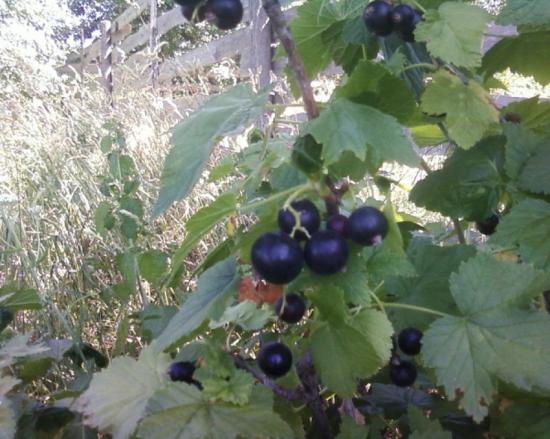
It is better to form them within three years. The most impatient gardeners, of course, make do with two years. For this currant cuttings Plant 3 specimens at a time in a prepared pit filled with compost. The seedlings are laid almost horizontally, with a slight slope. In autumn, all growth is cut off, leaving about 3 buds on each young bush.
In May, strong young shoots will appear, which also need to be cut just as low in the fall.
Further, all care comes down to pruning weak and three-year-old branches, annual renewal of mulch, and replanting garlic. Dill will conquer its own place under the currant bushes.
Reception second
If in Siberia currants bear fruit on branches that are five years old and older, then they are clearly less adapted to the southern growing zones. Therefore, the Morozov method can be used. In this case currants are planted in two rows. This year, annual shoots are left in one row and successfully bear fruit. Then they are cut low in the fall. The next year, the harvest is removed from another row, where one-year-old currant branches are left. They are also pruned in the fall.
A smart method that solves both “southern” problems: the glassware doesn’t have time to gnaw out the wood, and the fungi don’t get anything either. Planting of bushes can be dense, since the annual alternation of regrown branches will not interfere with their development.
Caring for red, white and golden currants and hybrids
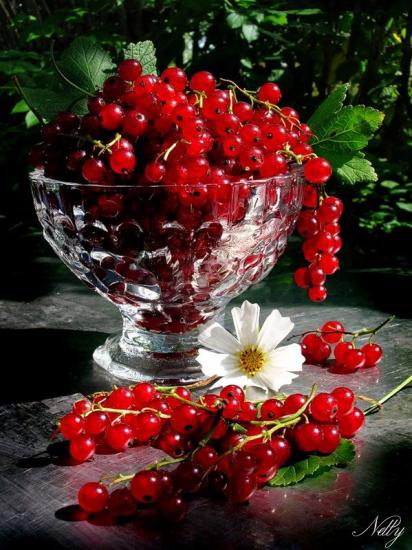
These crops are less susceptible to glass beetle attack. The main currant harvest is obtained not on one-year-old branches, but on 2-4-year-old branches. Much less annual growth is formed than that of black currant.
For more luxuriant growth of bushes, it is advisable to plant three bushes in one planting hole filled with compost. Rejuvenating the bushes is simply necessary, otherwise the bushes will soon die.
Yoshtas and krondals (hybrids of currants and gooseberries) generally produce a harvest only after four years of cultivation. They throw out powerful growths that must be constantly pinched. Nowadays they are little popular; they are preserved mainly in old gardens.
So, the main features of currant care are watering, regular rejuvenation of the shoots from the roots and special agricultural techniques to curb the spread of diseases and pests. The methods described are not too labor-intensive, but still require your participation annually.


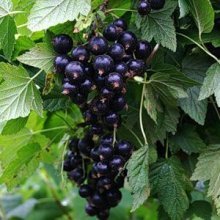
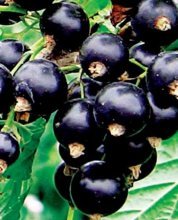


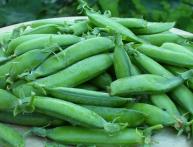
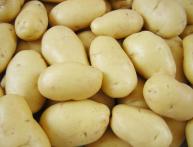
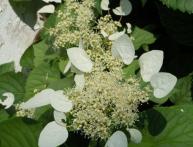

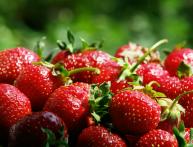
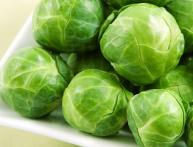
Comments
I love black currants, so I always lovingly trim dry branches, care for them, and feed them. The result is a good and most importantly, healthy and tasty harvest! My bushes feel cared for and never let you down).
But our currants don’t bear fruit very well. More precisely, red is ok, but black is not so good. This is probably because the bushes are already quite old, they need to be updated, we haven’t done this for a long time. We also have white, but I love the black one most of all, it’s aromatic, tasty and the jam made from it is simply wonderful!
I look at the photo and get jealous. Such juicy clusters on the bush. For some reason this doesn’t work out here in Siberia; of course there are berries, they have time to ripen, but the bunch doesn’t form. You need to try pruning, maybe something will change.
I prefer black currants, so we have more of them planted in our dacha. I try not to have any grass near it and water it well. In autumn and spring I always trim dry branches.
This is my second year growing currants. There are both black and red. but I like the black one more. Now I have the one growing that my mother-in-law shared - it’s very large, but it’s not enough for me - I bought it here
I think I’ll also choose the red one - to compare different varieties.))))